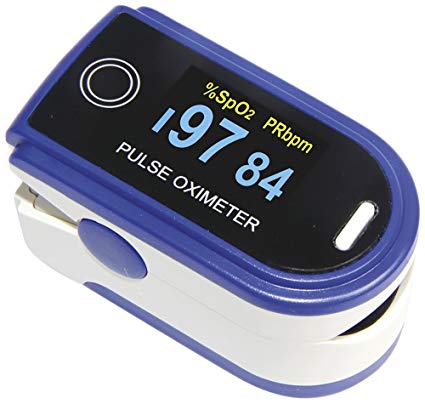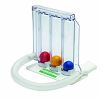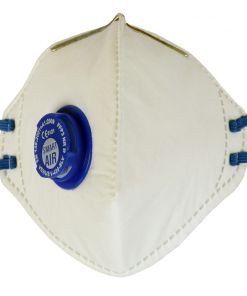Normal oxygen level in a human body is 75-11 mm Hg. A low blood oxygen level below 60 mm Hg in the arterial blood also called as Hypoxemia causes breathing problems. The most common causes for Hypoxemia are :
- Ventilation-perfusion mismatch
- Hypoventilation
- Shunts
- Anaemia
- Acute respiratory distress syndrome
- Asthma
- Congenital heart disease
- Chronic obstructive pulmonary disease
- Emphysema
- Interstitial lung disease
- Medications, such as certain narcotics and anaesthetics, that depress breathing
- Pneumonia
- Collapsed, excess fluid, a blood clot in an artery, scarred and damaged any one of the following in the lungs
- Sleep apnea
The oximeter is used by patients for measuring the oxygen level in the blood and heart rate. It is used at hospitals outpatients, rehabilitation centres, home visit nursing, respiratory function tests, eldercare facilities.
How does an oximeter work?
The transmission of light principle is used in an oximeter. Through LEDs, red and infrared light are supplied to the finger on which it is placed. The transmitted light is then received by the photodetector. Due to the difference in the absorption properties of the oxygenated and deoxygenated blood, the amount of oxygen in the blood can be calculated.
The index finger is the most common place to fit the oximeter.
Types Of Oximeters:
- Finger Pulse Oximeters-It is portable and most convenient for patients who are at home and want to keep a check on their blood oxygen level
- Handheld Pulse Oximeters-It delivers pulse oximetry wherever spot-checking is needed, it stands up in a variety of environment during an emergency
- Wrist Pulse Oximeters-This is not a medical device and is perfect for people playing sports who want to keep a check on their oxygen levels during playing and for home use
- Pediatric Pulse Oximeters-These are manufactured to be able to read oxygen and heart rate from primarily the toes and/or fingers of neonates, infants and children
Specification of an oximeter
- Measures Spo2(peripheral capillary oxygen saturation) along with pulse rate
- Inbuilt beep alarm
- Detects irregular heartbeat
- Works on the oscillometric method
- Detects body movement hence gives a more accurate reading
- Readings display on the screen along with OLED dual colour display
Features of an oximeter
- Small, light weight
- Portable
- Low power consumption
- User-friendly
Indication
- vital sign monitoring during operations and anesthesia.
- Diagnosis of sleep disorders
- Shortness of breath
- COPD, Asthma
- Heart problems
- While Exercising or any other activity which needs more oxygen supply
FAQs
- What is the purpose of an oximeter?
It is used to measure your oxygen saturation level at any time, such as at home, at work or during recreation.
- How do I determine the accuracy of a oximeter?
Pulse oximeters are typically less accurate below saturations of about 75 – 80 %. A calibration graph is available to correct the errors.
- How do I clean/sterilize the probe after usage?
Wipe exposed surfaces with a soft cloth or a pad moistened with a mild detergent solution or medical alcohol.SpO2 Sensors can be cleaned and disinfected with the same solutions. Let the sensor dry before using it again. The rubber inside of the SpO2 sensor belongs to medical rubber, which has no toxin and no harmful to the skin of a human being
- What is pulse oxymetry?
It is an noninvasive method for monitoring a person’s oxygen saturation (SO2).
- What is SpO2?
It is a person’s oxygen saturation (SO2).
- I get a ‘’weak signal’’ icon, what does it mean?
Due to the reduction in blood flow, the sensor may not be able to pick up adequately the pulsatile waveform resulting in no signal or loss of accuracy. The reduction in blood flow may be due to hypovolemia, hypotension, and hypothermia.
- I get a ‘’sensor off” icon, what does it mean?
. Finger is not plugged correctly or patient’s SpO2 value is too low to be measured.
- Can i put on a wet (or bloody) finger?
- The device was laid on the table for 5 minutes and it never turned off automatically.











Reviews
There are no reviews yet.